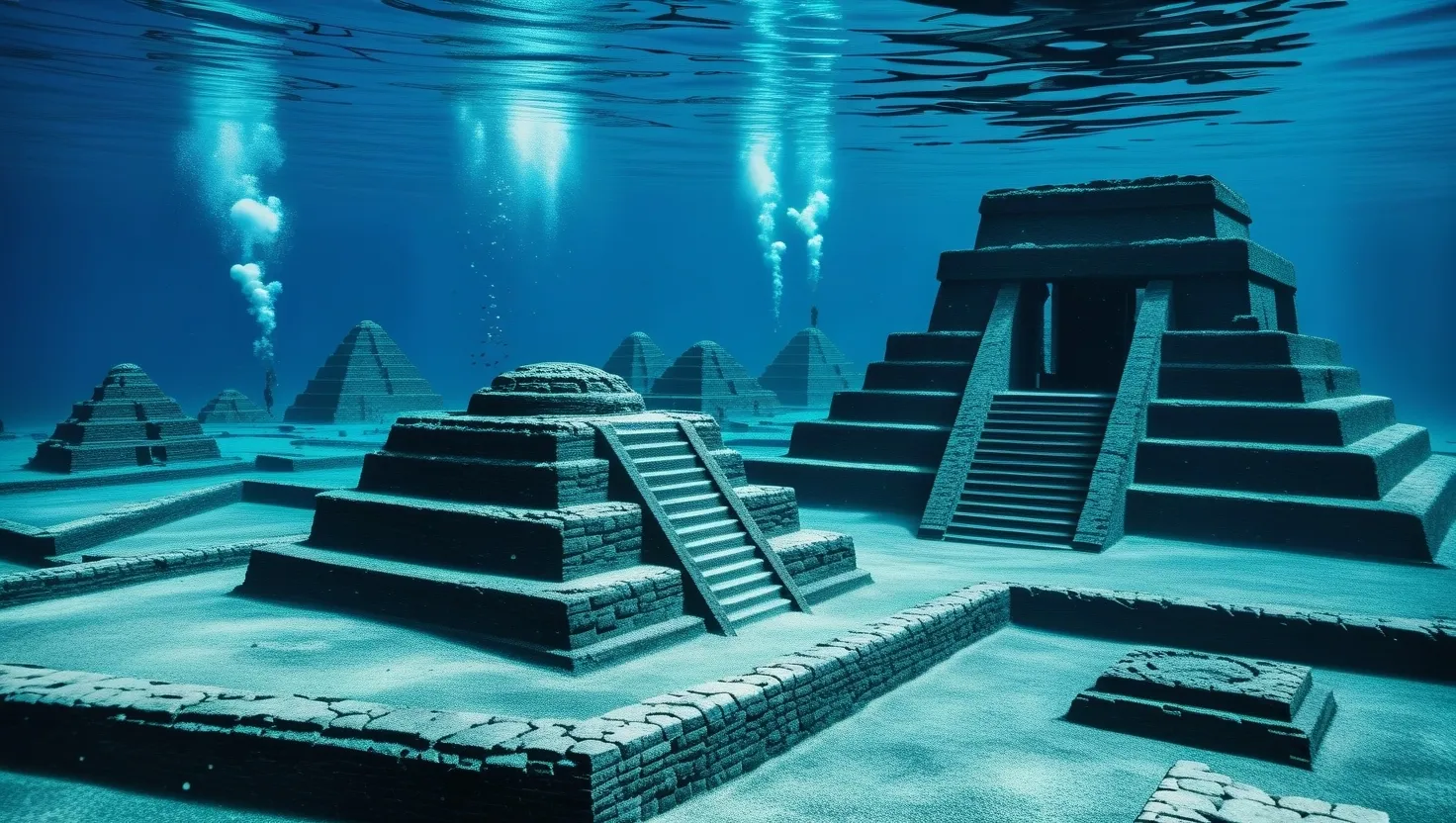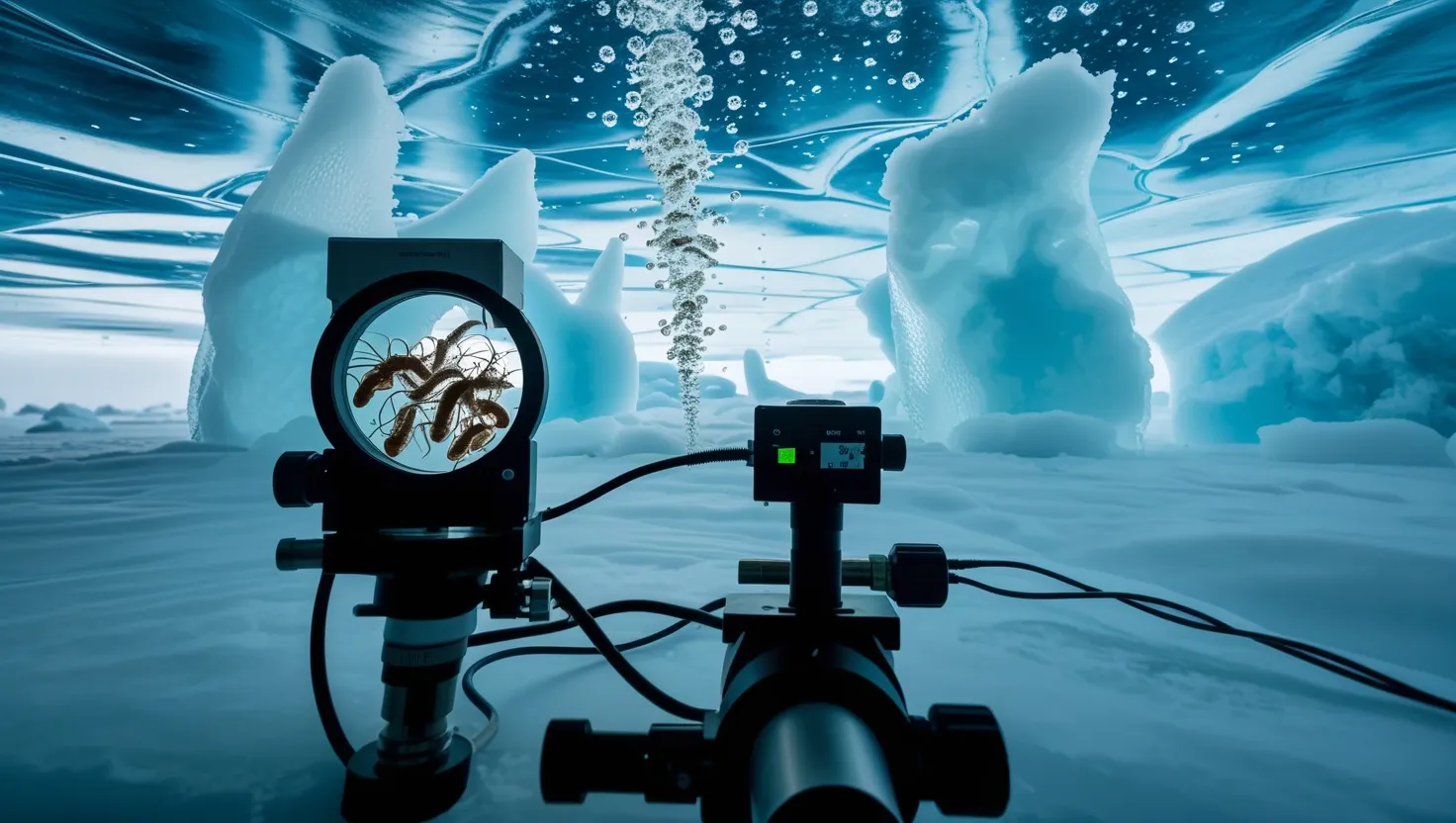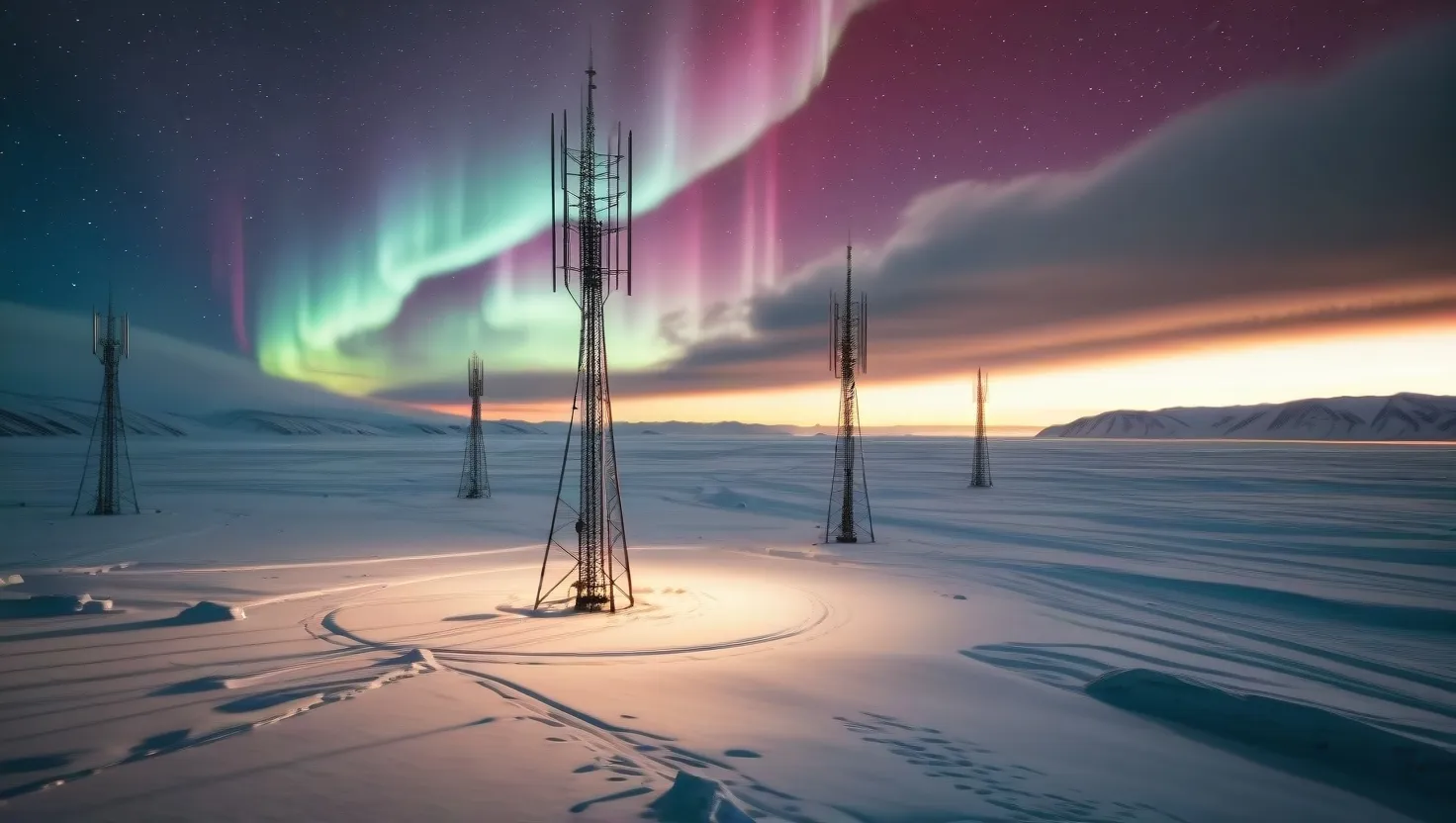As I delve into the mysteries of the ocean, I find myself entwined in a web of intrigue and speculation. The deep sea, with its unexplored depths and hidden secrets, has long been a fertile ground for conspiracy theories. Here, we’ll explore seven enigmatic underwater structures that have captivated the imagination of many, sparking debates and fueling the fires of speculation.
The Yonaguni Monument
Off the coast of Japan lies the Yonaguni Monument, a submerged rock formation that has been the subject of intense debate. Discovered in 1985 by Japanese diver Kihachiro Aratake, this structure consists of large, rectangular stone blocks arranged in a seemingly deliberate pattern. The question that lingers is whether this is a natural formation or the remnants of an ancient civilization.
“The sea, once it casts its spell, holds one in its net of wonder forever,” as Jacques Cousteau once said. And indeed, the Yonaguni Monument holds a spell of wonder, with its straight edges and right angles that defy the natural chaos of the ocean floor. Some believe it could be evidence of a lost continent, while others argue it’s simply a unique geological formation.
The Cuban Underwater City
In the Guanahacabibes Peninsula of Cuba, there are allegations of megalithic structures submerged beneath the waves. These claims emerged in the early 2000s, with some suggesting that these could be the remnants of an ancient city. The images and videos circulating online show what appear to be roads, buildings, and even a possible airport.
But how reliable are these claims? The lack of concrete evidence and the skepticism from the scientific community have left many questioning the authenticity of these findings. Yet, the allure of discovering a lost city is too great to ignore, and many continue to speculate about the origins of these structures.
The Baltic Sea Anomaly
In 2011, a team of Swedish treasure hunters stumbled upon a disc-shaped object on the ocean floor in the Baltic Sea. Dubbed the “Baltic Sea Anomaly,” this structure has sparked a flurry of theories, ranging from a natural geological formation to an alien base or even a relic from a lost civilization.
As we ponder the origins of this anomaly, we are reminded of the words of Carl Sagan: “Extraordinary claims require extraordinary evidence.” While the Baltic Sea Anomaly is certainly extraordinary, the evidence remains scarce and inconclusive. Yet, it continues to captivate our imagination, challenging our understanding of what lies beneath the waves.
The Bimini Road
Near the Bahamas, the Bimini Road has been a subject of fascination for decades. This underwater “road” is composed of large limestone blocks arranged in a linear pattern. While the general consensus is that it’s a natural formation of beachrock, some are convinced that it’s an artificial structure created by ancient humans.
Robert F. Marx, a scuba diving pioneer, and Graham Hancock, a controversial writer, are among those who believe that Bimini Road is more than just a natural phenomenon. They argue that the distinct features and the strange arrangement of the stones suggest a human hand. But what if it’s just nature’s way of creating something that looks almost too perfect to be natural?
The Lake Michigan Stonehenge
Beneath the surface of Lake Michigan lies a circular rock formation that has been likened to Stonehenge. Discovered in 2007, this structure is composed of large stones arranged in a circle, with some stones featuring what appear to be carvings.
Theories abound about the origins of this structure. Some believe it could be evidence of an ancient civilization that once thrived in the region, while others see it as a natural geological formation. The mystery deepens when considering the carvings, which some interpret as symbols or even a form of ancient writing.
The Temple of Mahabalipuram
Off the coast of India, the Temple of Mahabalipuram is a submerged ruin that has fascinated scholars and conspiracy theorists alike. According to local legend, this temple was once part of a larger city that was lost to the sea.
The discovery of this temple has sparked debates about the existence of lost continents and advanced prehistoric cultures. Some believe that the temple is evidence of the mythical land of Lemuria or Atlantis, while others see it as a testament to the ingenuity of ancient Indian civilization.
The Underwater Pyramids of Yonaguni
In the early 2010s, a man named Diocleciano Silva claimed to have discovered massive pyramids under the Azores, between the islands of Terceira and São Miguel. These pyramids allegedly had a base of 8,000 square meters and stood up to 60 meters tall.
The Portuguese Navy dismissed the findings, suggesting that Silva had misinterpreted his data and found an underwater volcano instead. However, the theory persists that these could be the remnants of an ancient civilization that predates the last Ice Age.
As we explore these underwater structures, we are forced to confront our own limitations in understanding the past. Each of these anomalies challenges our current knowledge and invites us to consider alternative histories and explanations.
“Why, sometimes I’ve believed as many as six impossible things before breakfast,” said the White Queen in Lewis Carroll’s “Through the Looking-Glass.” And indeed, when it comes to these underwater mysteries, it’s easy to find ourselves believing in the impossible.
But what if these structures are not just the product of our imagination? What if they hold secrets that could change our understanding of human history and the natural world? The ocean, with its vast and unexplored depths, remains a frontier that continues to intrigue and mystify us.
As we continue to explore and speculate about these underwater structures, we are reminded that the truth, much like the ocean itself, is often hidden beneath the surface. And it is this pursuit of truth, no matter how elusive, that drives us to keep exploring, to keep questioning, and to keep dreaming of what lies beneath the waves.






